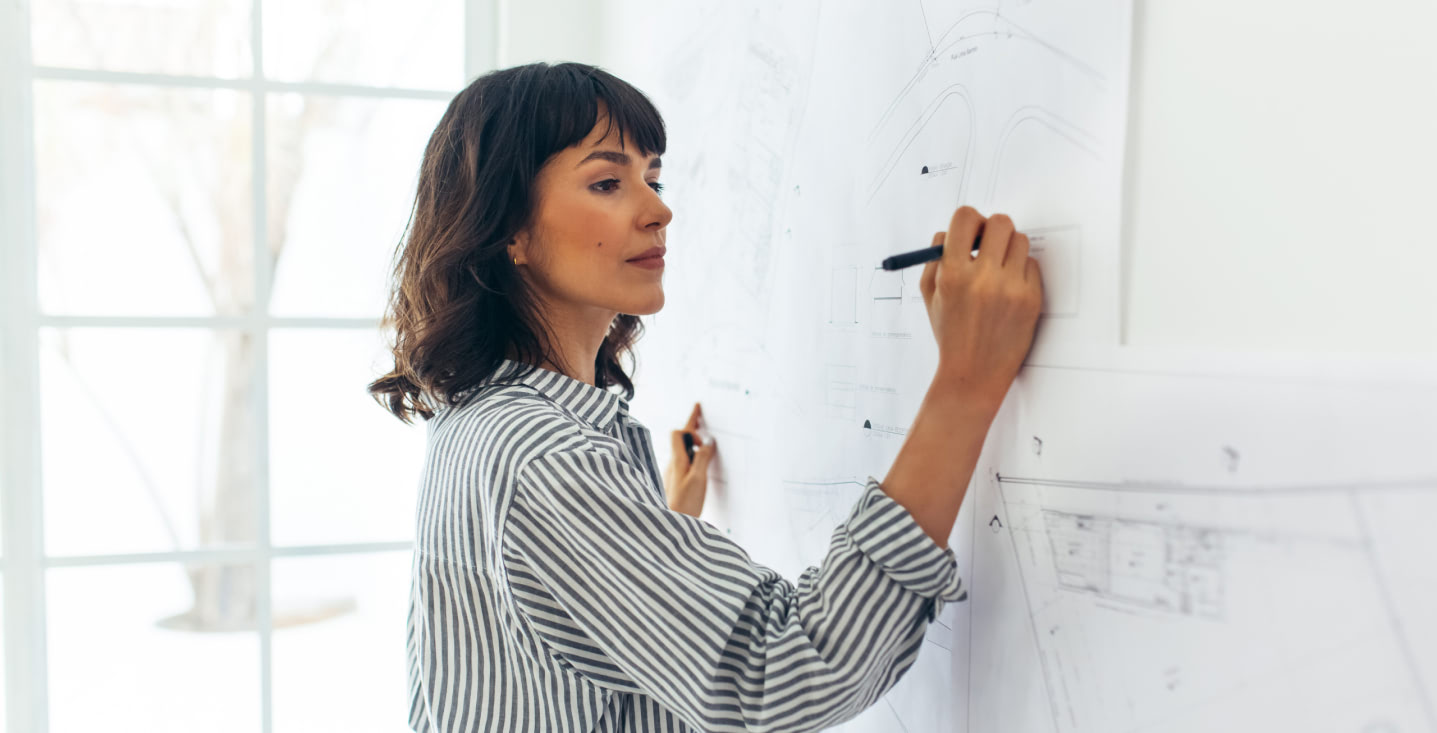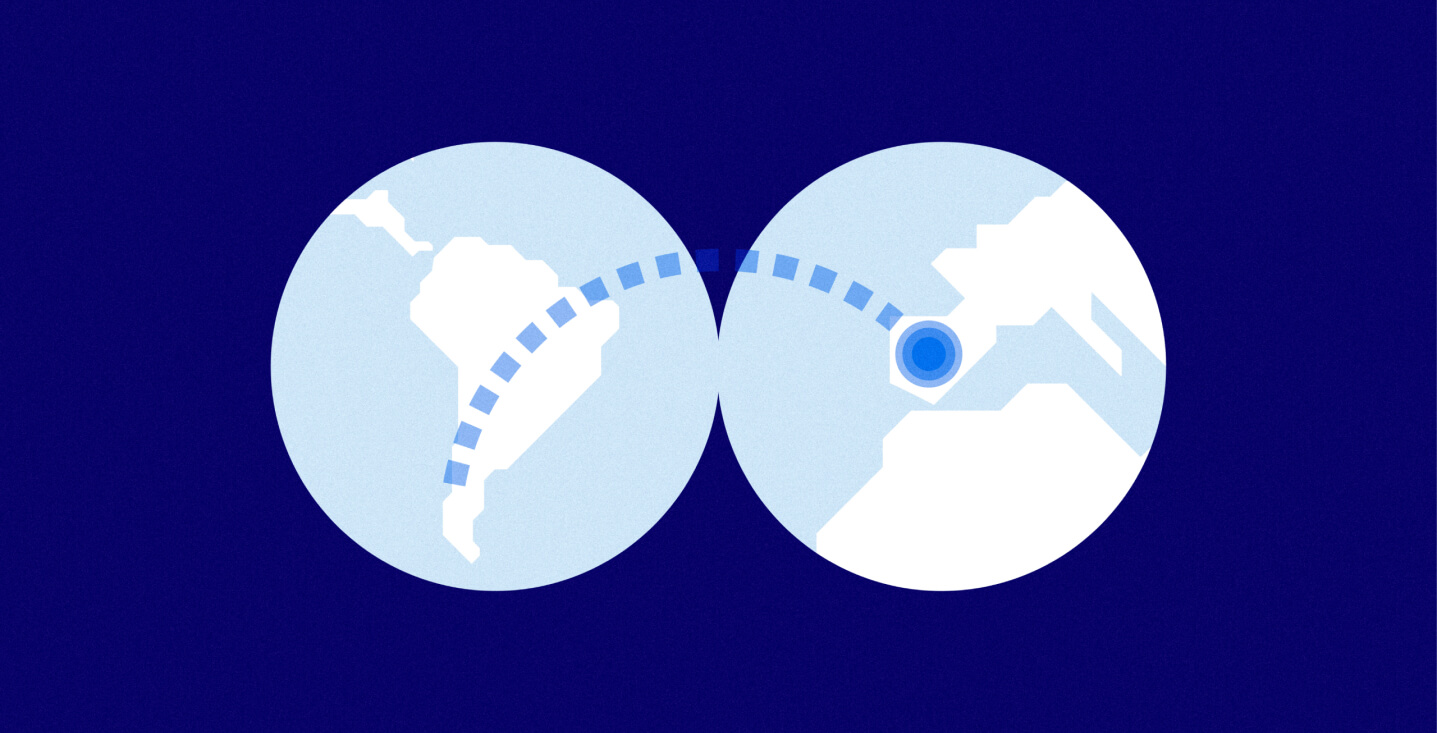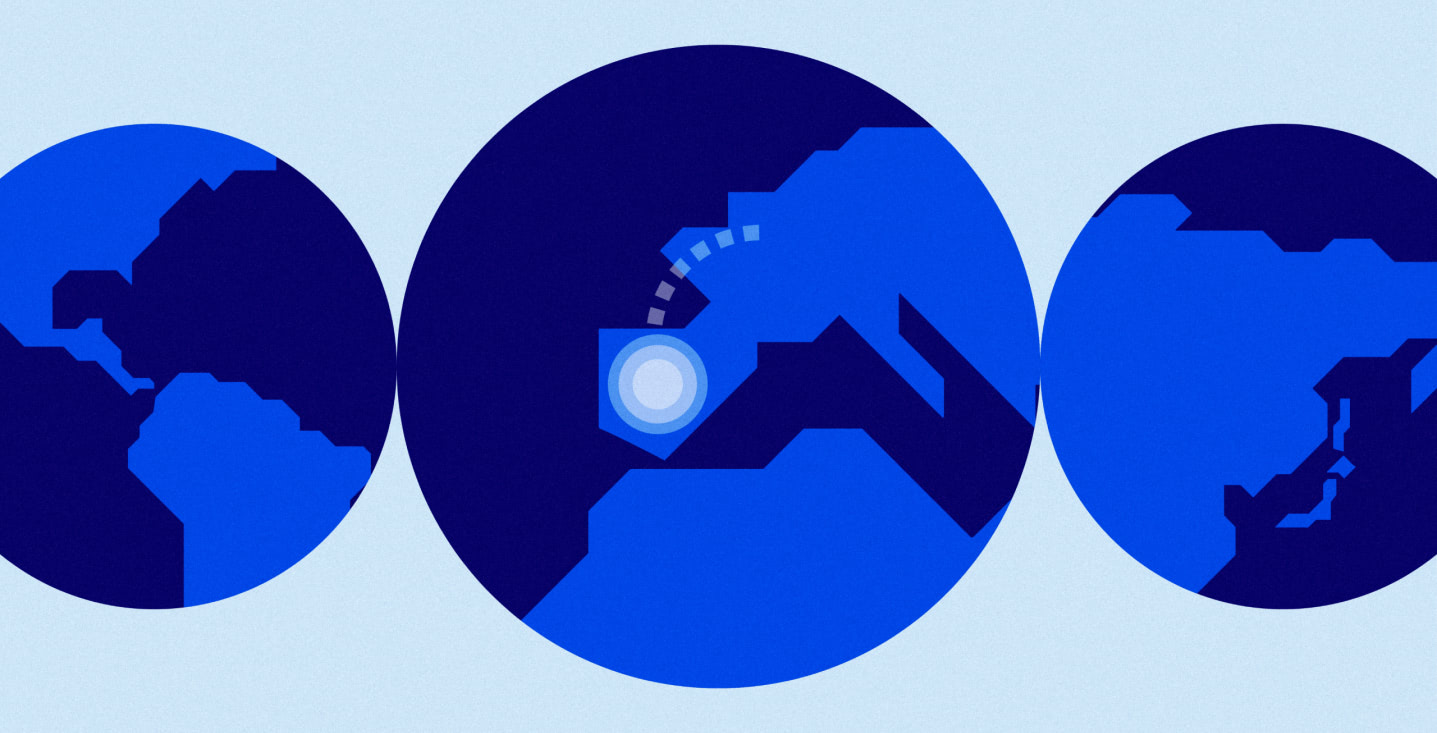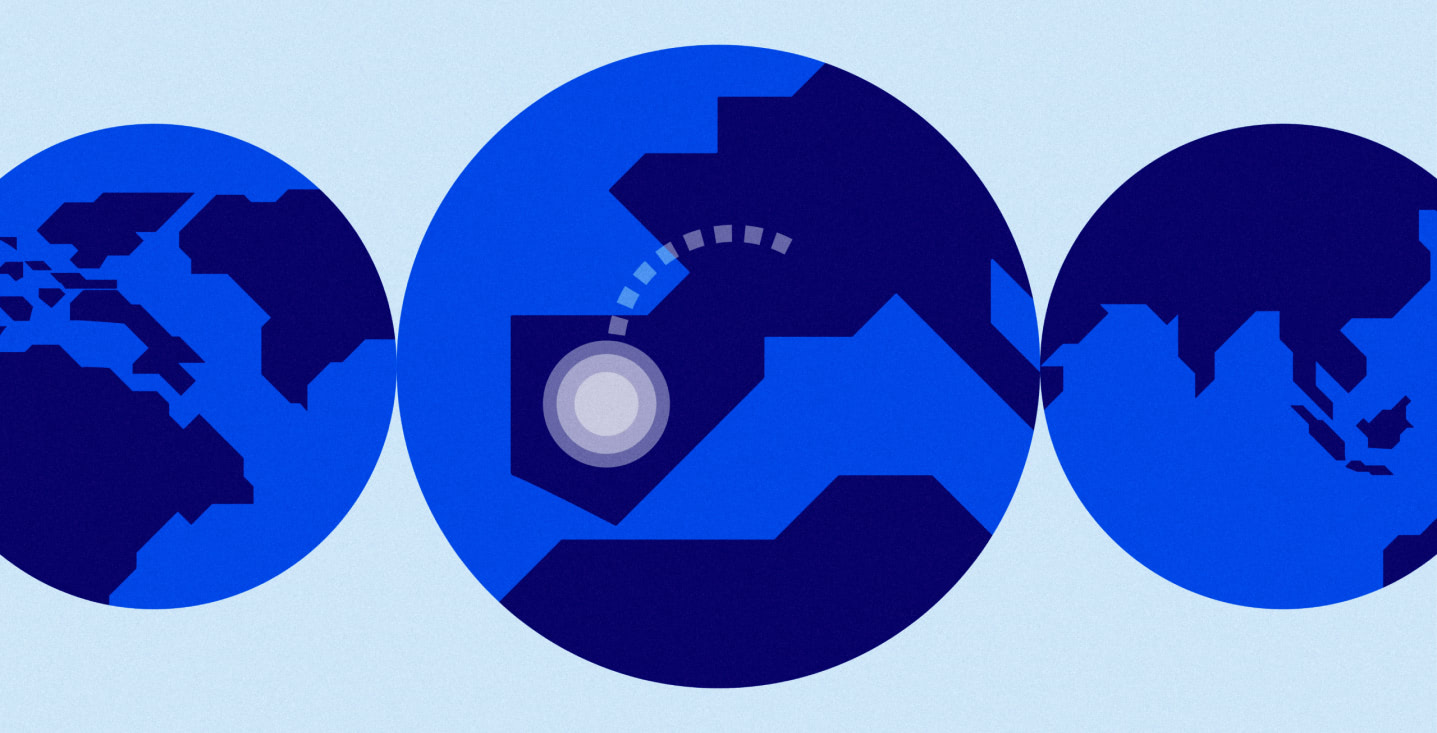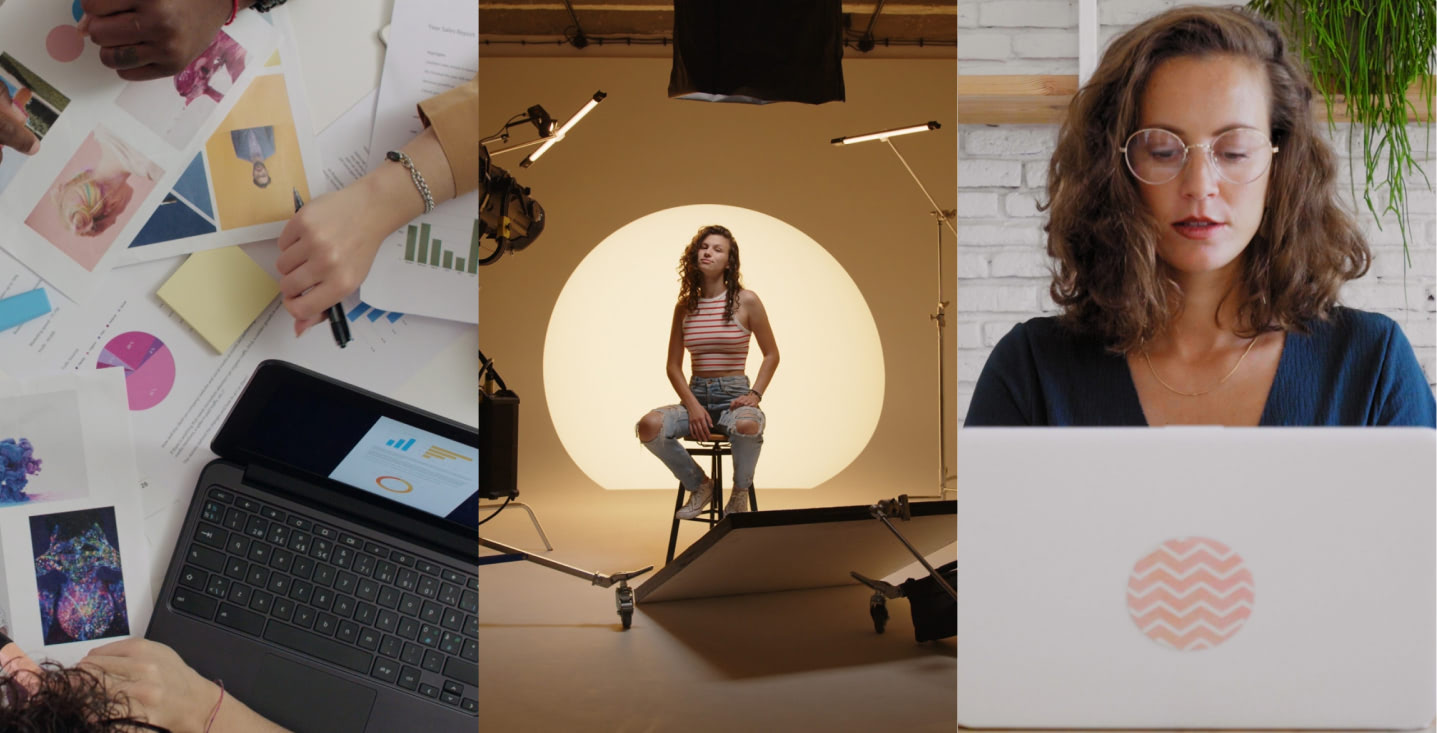11/01/2022
José María Mateo Torres is an alum of IE University’s Master in Business for Architecture & Design. We recently had the chance to hear some of José’s thoughts on the intersections between wellbeing, inclusivity and mobility following the second meetup of the International Talent Taskforce.
Circularity, mobility, wellbeing, diversity and inclusivity represent only a few of the concepts behind the new architecture and urban design approaches shaping cities. These elements work within a complex network that seeks to move towards more appealing and sustainable urban areas. The future of cities is therefore being influenced by a range of considerations, and initiatives like IE University’s International Talent Taskforce, set up in collaboration with the City Property Association in London, places sustainability at the center of urban design and real-estate planning.
Mobility will connect us in new ways
Within the built environment, José explains, mobility has an impact on every element of people’s lives, from inclusivity to wellbeing and beyond. “A system of mobility which is cleaner and more efficient is not only important in the reduction of CO2 emissions, but also in addressing the many issues that emerged during and after the pandemic,” he tells us.
A return to the workplace and hybrid working are another important point that will influence mobility in cities, according to José. Following the disruptions caused by the COVID-19 pandemic, people are no longer willing to spend hours traveling to and from their workplaces—even if those spaces are equipped with amenities and services that improve the working environment (such as restrooms, cafés, gyms and nurseries). As a result, companies have been unable to lure their employees back to the office, negatively impacting business operations, while wellbeing and mental health issues have arisen from the dynamics of home working.
On the other hand, working from home may offer a number of benefits, such as fewer vehicles on the road, less traffic congestion and a less polluted environment overall. This begs the question: how can we take advantage of the benefits of working in an office environment while reducing the time needed to travel to the office and the pollution that results?
Solutions in urban design
Following the International Talent Taskforce meetup, José explained that a better integration of the design of space with current needs is key to balancing the pros and cons of greater workplace hybridization. Mark Zuckerberg and the rebranded “Meta” company, for example, offer one solution in the form of a virtual reality setup that allows people to create whatever environment they wish to be in and to occupy those environments virtually along with other people. However, to more effectively utilize and occupy the real world and its existing assets, mixed-use developments may be the right solution by capitalizing on the benefits of a hybridized working environment.
The need for better design solutions drives initiatives like the International Talent Taskforce, and the IE School of Architecture & Design is likewise concerned with how we can design space to better cohere with the way we will live and work in the future. The changing dynamics of working, commuting and socializing mean that important negotiations must take place regarding how cities can accommodate new needs in a sustainable manner.
One urban design option would be to reduce the distance between places of work and home, similar to the notion of a minimal distance between people’s homes and, for example, where they shop for groceries, send their kids to school and visit the doctor—in other words, a built environment in which the most-needed services are located within the same area. The amount of space to be covered on a daily basis is thus reduced, and real estate can be used more efficiently to ensure that basic services and amenities are available and easily accessible.
When the urban built environment integrates these types of design solutions for mobility, people will be less dependent on transportation tools such as cars, and will be able to move from one place to another by walking or cycling. More street space will also be allocated for public use. Real estate space that is currently occupied by vehicles for parking and automotive transport will be freed for cultural activities, recreational areas, sports events and green spaces. Moreover, the reduction in traffic will result in fewer emissions, a lower overall CO2 footprint, and better adherence to the UN Sustainable Development Goals.
Moving toward the future
Concentrating the brainpower and creativity needed to draft future cities is fundamental to taking the next steps toward greater sustainability, circularity, and wellbeing in urban design.
The International Talent Taskforce provides fertile grounds for the development of new ideas across all aspects of urban planning, from transportation to the use of smart tools to render services like trash collection or lighting more efficient. An approach that combines the digital and material—for example, the use of material upcycling in construction as well as digital twin technologies to measure material and resource usage—appears to be the most viable means of building on existing infrastructure in the most effective way.
Finally, José tells us that, if we want to achieve this in countries like Spain, “the urban regulations in place must be modified and made more flexible and resilient to social changes. Now is the time to start a dialogue between the stakeholders involved—from the public and private realms alike—to devise architectural and urban plans that will allow us to move towards cities of the future.”
Want to discover more? Read on about the aims of the International Talent Taskforce and its ideas for the future on ArchDaily.


